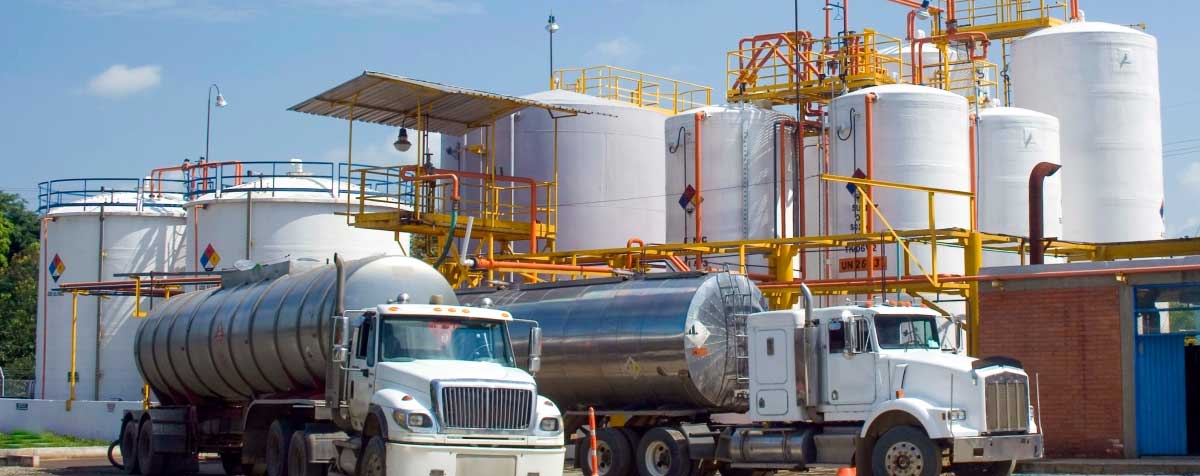The EPA released its long-awaited final rule that regulates volatile organic compound (VOC) emissions from bulk plants with gasoline storage tanks. The final rule is a big victory for energy marketers because it exempts bulk plants with an annual average daily gasoline throughput that does not exceed 4,000 gallons per day from expensive vapor balancing equipment retrofit requirements.
The National Emission Standards of Hazardous Air Pollutants (NESHAP) proposed rule would have required all bulk plants with a maximum design capacity of 4,000 gallons or more per day of gasoline throughput to add vapor balancing equipment to loading racks. The 4,000-gallon maximum design capacity language represents a theoretical daily gasoline throughput based on bulk plant design characteristics rather than actual daily gasoline throughput which is typically a much smaller volume.
EMA submitted written comments on the proposed rule and met regularly with the EPA, the Small Business Administration Office of Advocacy, the White House Office of Management and Budget and members of Congress to express deep concern over the proposed design capacity throughput language, the failure of the agency to accurately estimate the number of bulk plants affected by the rule and the economic impact a vapor balancing retrofit would have on small business energy marketers. Based on gasoline bulk plant surveys and upgrade cost information collected by EMA, the cost to upgrade a gasoline bulk plant to a vapor balance system for both transport unloading and tank vehicle loading would exceed $120,000 per facility if the proposed rule were finalized.
Last year, Senator Kevin Cramer (R-ND) and Congressman John Joyce (R-PA), along with 82 lawmakers including Democratic Representatives Angie Craig (MN) and Bennie Thompson (MS), sent a bicameral/bipartisan letter to the EPA arguing that the proposed rule would lead to “higher fuel costs or the elimination of intermediate gasoline storage at small bulk plants, impacting supply to end users offering vital services to their local communities and potentially cutting off whole communities during an emergency.”
EMA’s efforts paid off as the EPA adopted the 4,000-gallon actual daily gasoline throughput trigger in the final rule. The EPA also agreed with EMA that the 4,000-gallon daily throughput should be averaged on an annual basis rather than a daily basis. EMA told the agency that annual averaging was essential in order to allow marketers to periodically surpass the 4,000 gallons of gasoline per-day to meet unusual demand without triggering the vapor balancing retrofit, provided annual daily throughput averaged over a year did not exceed 4,000 gallons. The EPA agreed to include annual daily throughput averaging into the final rule as well.
The final rule also changes cargo tank vapor tightness test standards from a graduated tightness requirement ranging from 1.0 to 2.5 inches of water pressure drop over five minutes depending on compartment size to a slightly more stringent 0.50 to 1.25 inches of water pressure drop over the same period. Cargo tank test facilities confirmed with EMA during the comment period for the proposed rule that the vapor tightness test changes in the final rule would not require any cargo tank equipment retrofit requirements. Also, the rule requires annual leak detection inspection using optical gas imaging. Monthly inspections using sight, sound and smell remain largely unchanged.
EMA will provide a comprehensive compliance document for marketers in the near future.


